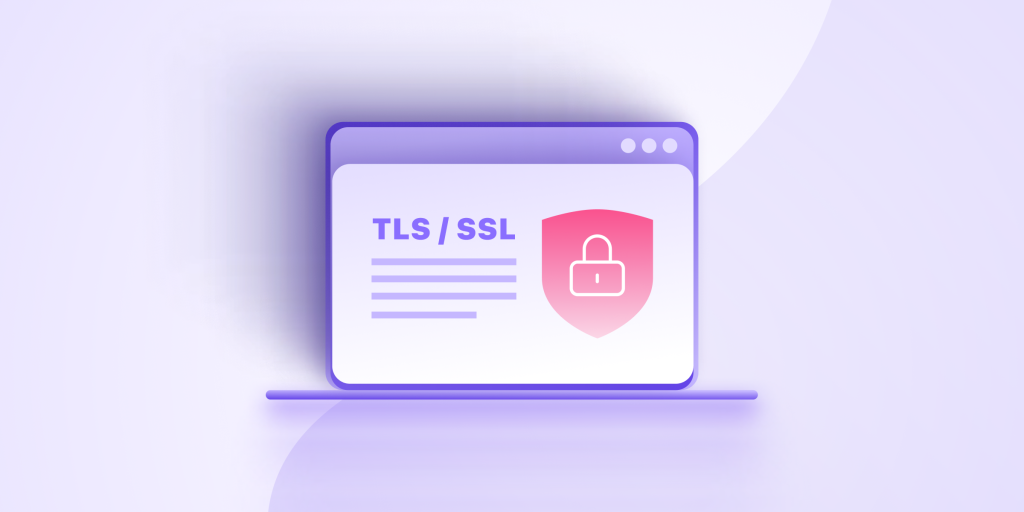
In the following article, Nobody will introduce you to some of the best and most effective methods to help secure REST API.
Any REST API has the potential to be abused by malicious actors.
Therefore, when building REST APIs, we need to set a security policy for them in the most thorough way.
Below are some methods that you can refer to to apply to secure REST APIs for yourself.
Using OAuth2 for SSO with OpenID Connect
Before going into the details of this REST API security method, we will learn in detail about OAuth2 - SSO - OpenID Connect concepts:
OAuth2
OAuth2 (Open with Authentication or Authorization) is an authentication - authorization method that allows third-party applications to access the user's protected resources.
Thereby, they have the ability to share these resources with each other and users will always be secure about their login information, identity.

SSO
SSO (Single Sign-On) is a mechanism that allows users to access multiple applications with only a single login.

OpenID Connect
This is a framework used for authentication purposes on the OAuth2 platform.
In OpenID Connect, the request flow will happen as follows:
- The user will be redirected to the authorization server from the client application.
- User enters his/her information for identity verification.
- After successful authentication, the user's request will be sent back to the client along with the authorization code.
- The client requests the authorization server for the token.
- The authorization server responds with a token.

And now, we will go into detail on how to secure REST API through using OAuth2 for SSO with OpenID Connect:
The use of SSO brings the following benefits:
- The application does not need to manage information on its own, so the amount of data that needs to be stored is reduced and when a breach occurs, the possibility of exposing user information is extremely low.
- Helps avoid the implementation of login - logout and multi-factor authentication.
- Reduce conflicts when registering, meaning the number of users will increase.
We can implement authentication on OAuth2 through fetching unique user identifiers such as email addresses.
However, the best method if you want to secure the REST API is to use OpenID Connect which is built on OAuth2, which provides a protocol for user authentication purposes.
Always use TLS
TLS (Transport Layer Security) is an element that every web API should use.
It was created for the purpose of protecting the information that the API sends and receives from the user by encrypting messages as they are forwarded.
Without using TLS, a third-party application can intercept and read sensitive information (REST API logins, user personal data...) in transit, making all our authentication measures weakened.
Let the server manage the certificates that TLS requires. This will keep things simple and REST API calls will be automatically secured.

Separate permissions for each API Key
Users are given API access for a lot of different reasons.
Not every REST API endpoint requires access specific and complete user's account.
Each API Key will be specified and configured for a different permission level.
To do this, we need to store the permissions in the database along with the API Keys as a list of strings.
Besides, simplify them from the beginning with "read" and "write".
Finally, add a middleware to request to fetch the user.
Particularly for REST API, give specific permission to API Key and check token.


